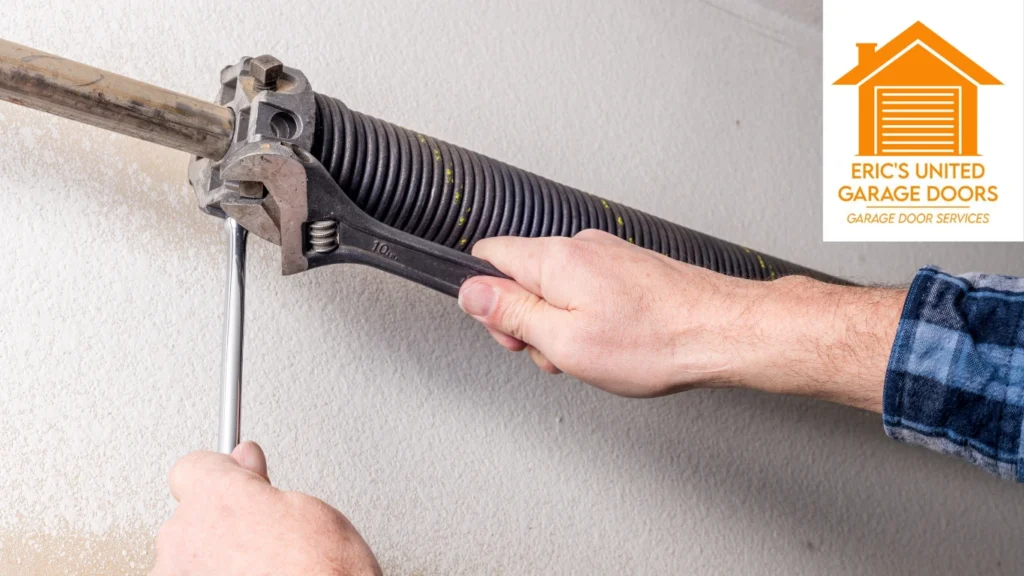Behind every smooth-operating garage door lies a delicate balance of force and tension, centered primarily on the springs. While most wear signs are invisible during early stages, thermal profiles are becoming an essential diagnostic tool in identifying issues during spring inspections. This advanced method enhances the accuracy and safety of garage door repair, especially in systems that see frequent daily use.
The Science Behind Thermal Patterns in Springs
When a garage door operates, its mechanical parts generate heat through friction and motion. Torsion and extension springs, in particular, store and release significant energy—heat signatures from this activity create identifiable thermal patterns. By using infrared imaging during inspections, professionals can detect inconsistencies in these thermal profiles, which may indicate imbalanced stress, internal fractures, or worn metal under tension.
The Link Between Heat Signatures and Spring Wear
Heat buildup in a specific area of a spring can suggest friction caused by misalignment, poor lubrication, or an overworked component. When analyzed correctly, thermal profiles act like fingerprints for spring condition. A uniform heat pattern typically signals normal performance, while irregular zones may reveal early-stage problems that would otherwise go unnoticed.
This level of diagnostic insight strengthens the overall quality of garage door repair, ensuring that the cause—not just the symptoms—are addressed. Whether it’s fatigue in the spring coil or excessive strain on the mounting hardware, these hidden warning signs can be flagged with a quick thermal scan.
Beyond Efficiency: Why Thermal Profiling Supports Safer Inspections
Garage door springs are under high tension and can be dangerous if improperly handled. By applying thermal diagnostics, technicians reduce the risk of unexpected failure during inspections. Instead of physically stressing components to test them, they can analyze heat distribution to determine the next steps.
Forward-Looking Benefits in Modern Garage Systems
As smart home technologies become more integrated with property maintenance, thermal analysis tools are evolving to support real-time monitoring. Applied to garage door repair, this innovation means more precise diagnostics and fewer system surprises. It bridges the gap between reactive and predictive care by offering a clearer picture of how springs behave under daily use.
Thermal profiling not only identifies potential points of failure but also builds a foundation for safer, smarter inspections in residential and commercial settings. Understanding what the heat map reveals ensures that spring repair is carried out with greater accuracy and confidence.
Learn more:
Selecting the Right Thermal Camera for Garage Door Repair Spring Work
How Thermal Imaging Transforms Garage Door Repair Spring Diagnostics

